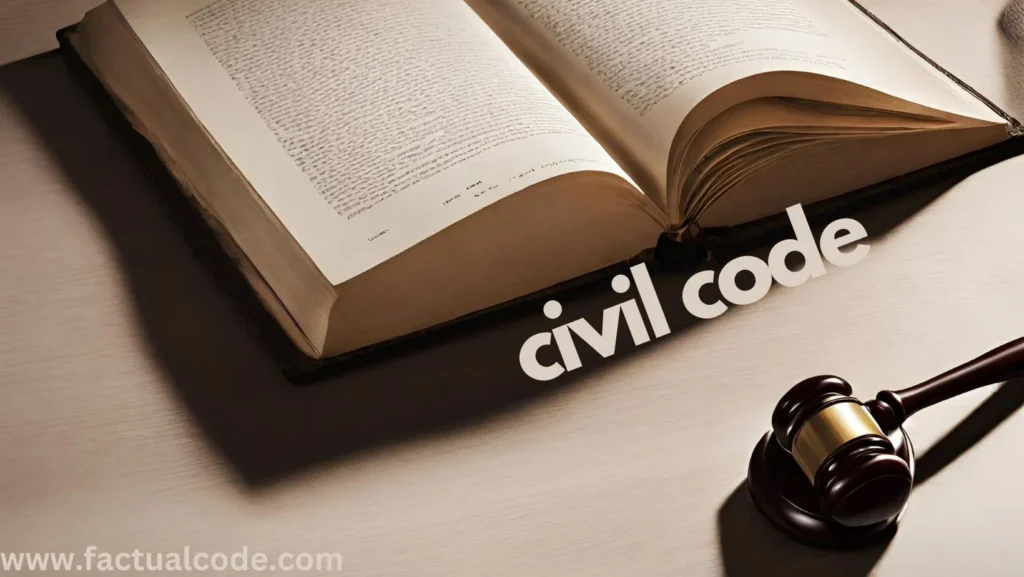Summary suits are a key tool in the Indian legal system to help resolve straightforward financial disputes efficiently. They play an important role in reducing the burden on courts by allowing quick judgments in cases where the claim is supported by strong documentary evidence, especially in commercial matters. ⚖️📄📈
1. Introduction ✨📘⚖️
Order XXXVII of the Code of Civil Procedure, 1908 (CPC) provides a special procedure for specific types of civil suits, known as summary suits. These are typically filed when someone is owed money and has strong written proof, like a cheque, promissory note, or a written contract. It enables the creditor (plaintiff) to get a quick decision from the court if the debtor (defendant) does not have a solid reason to deny the claim.
This process helps save time in court and is especially useful in business-related cases. 💼⏱️📄
2. What is a Summary Suit? 🧾⚖️📜
A summary suit is a special kind of civil case where the usual lengthy procedures are skipped. The defendant does not have the automatic right to defend; they must first obtain the court’s permission (called “leave to defend”) by showing a genuine issue that needs a proper trial.
This procedure is allowed only when the claim is simple, clear, and based on strong documentary evidence. 📂✔️🖋️
3. Purpose of Order XXXVII 🎯🕒🛡️
Prevent delay tactics: Stops defendants from using weak excuses to delay the case.
Quick resolution: Offers a speedy solution for monetary claims.
Judicial efficiency: Helps courts focus on more complex cases.
4. Where Summary Suit Applies (Rule 1) 📑📌📬
Order XXXVII applies only in specific kinds of cases:
(a) Cases involving negotiable instruments:
Bills of exchange – Written orders used in trade.
Promissory notes – Written promises to repay money.
Cheques – Especially in cases of dishonour.
(b) Fixed money claims based on:
Written contracts – Like loans or sale agreements.
Legal liability – Where law requires payment.
Guarantees – Where a guarantor agrees to pay if the principal fails.
5. Courts Empowered to Hear Summary Suits 🏛️📍📋
Summary suits can be filed in:
High Courts
City Civil Courts
Courts of Small Causes
Any other court authorized by the High Court
The court must also have jurisdiction over the location and the amount involved in the dispute. 🌍💰🧾
6. Steps in a Summary Suit (Rules 2 and 3) 🪜📄⚙️
(a) Filing the Suit
Plaintiff must state in the plaint that the case is under Order XXXVII.
(b) Summons to the Defendant
Court issues summons requiring the defendant to appear within 10 days.
(c) Application for Leave to Defend
Defendant must apply for leave to defend, showing facts that warrant a trial.
Failure to apply or insufficient grounds may result in judgment against the defendant.
(d) Court’s Decision
Unconditional Leave: Granted when defence has merit.
Conditional Leave: Granted if the defence is arguable but not strong.
No Leave: Denied if the defence is false or only for delay.
Example: If a bank sues a borrower under a signed loan agreement and the borrower merely denies liability without evidence, the court may grant quick judgment in favour of the bank. 💳📃⚖️
7. What Courts Say About Leave to Defend 🧑⚖️📚🔍
Important case laws provide guidance:
Mechelec Engineers v. Basic Equipment Corp. (1977)
Defendant failed to pay for machines purchased.
The Supreme Court outlined when leave must be granted, conditionally or unconditionally.
Raj Duggal v. Ramesh Kumar (1990)
The Court emphasized that even weak defences should not be rejected unless clearly dishonest. ⚖️🗣️📁
8. If the Defendant Misses the Case (Rule 4) 🚫🕳️📝
If the defendant does not appear, the court may pass an ex parte decree. However, the defendant can apply to set it aside if:
They provide a valid reason for their absence.
The application is filed within a reasonable period.
This balances fairness and speed. 🔄⚖️🕰️
9. Time Limit to File a Summary Suit ⏳📆📌
Under the Limitation Act, 1963:
A summary suit must be filed within 3 years from the date the cause of action arose.
Filing after the time limit generally results in dismissal. 🗓️⚠️🚫
10. Important Cases and Their Lessons 📚🧠🔖
| Case | What the Court Said |
|---|---|
| Mechelec Engineers v. Basic Equipment (1977) | Explained rules for granting or denying defence |
| Raj Duggal v. Ramesh Kumar (1990) | Weak but honest defences should not be ignored |
| Southern Sales v. Sauernilch Design (2008) | Courts can require payment of admitted dues |
| Wada Arun Asbestos v. Gujarat Water Board (2008) | Ex parte decrees can be set aside in justified cases |
Tip: Understanding the background of each case helps you remember the ruling. 🧠📖💡
11. Difference Between Summary Suit and Regular Suit 🔍⚖️📊
| Point | Ordinary Suit | Summary Suit |
| Right to Defend | Automatically available | Requires court permission |
| Trial Process | Full-length trial | Abbreviated process |
| Evidence Used | Oral and documentary | Primarily documentary |
| Time Taken | Longer | Quicker |
| Type of Case | Any civil case | Specific monetary claims only |
Note: This comparison highlights why summary suits are suitable for cases needing quick decisions. 📝📘🎓
12. Conclusion 🎯📌📜
Summary suits under Order XXXVII offer a swift and efficient remedy in cases involving clear-cut monetary claims supported by written evidence. They help in expediting commercial litigation and reduce unnecessary delays in the judicial process.
As courts continue to modernize and commercial litigation rises, summary suits are becoming increasingly vital. 💼⚖️🚀
Still, critics point out certain drawbacks. If defendants are not granted fair opportunity to defend—especially in cases involving incomplete or misleading documents—justice may be compromised. Legal reforms could focus on ensuring equitable access to legal aid and safeguards against misuse by powerful parties. 🛠️⚖️🔍

